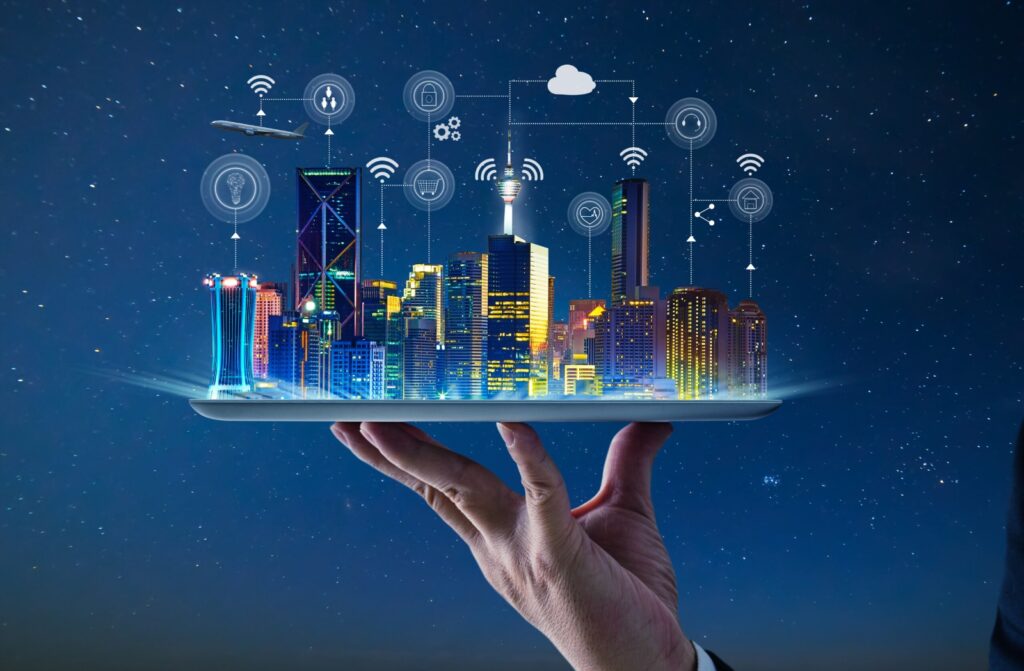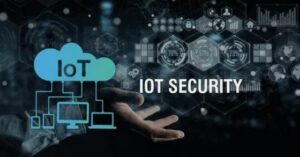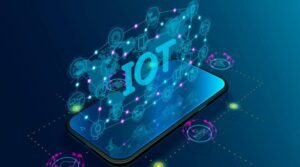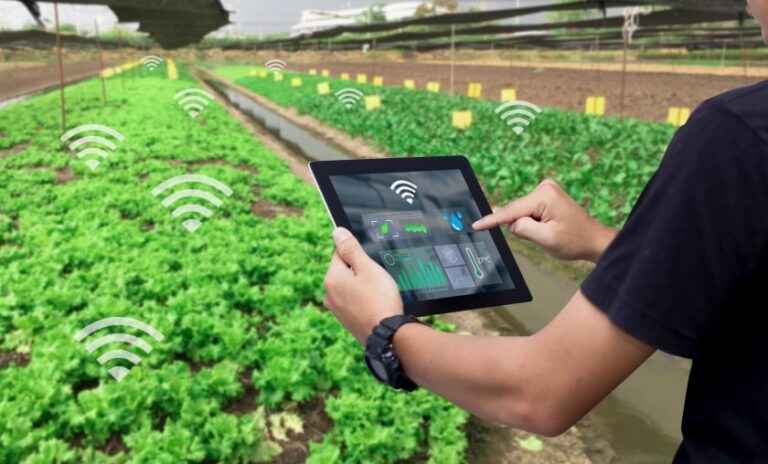Introduction to IoT in Smart Cities
Smart cities are rapidly transforming urban landscapes across the globe, driven by the need for more efficient, sustainable solutions to urban challenges. At the heart of this transformation is the Internet of Things (IoT), a network of interconnected devices that communicate with each other and share real-time data. IoT plays a pivotal role in reshaping cities into smarter, more efficient environments that improve the quality of life for residents, enhance sustainability, and streamline resource management.
In a smart city, technology is not just a tool—it’s the foundation for optimizing everything from traffic management to waste collection. By collecting and analyzing data from a wide variety of sensors and devices, IoT systems allow cities to function in a way that is more resource-efficient, responsive, and sustainable.
What is a Smart City?
A smart city leverages digital technology, particularly the Internet of Things (IoT), to enhance urban services and infrastructure. The goal is to make cities more livable, efficient, and sustainable by integrating smart technologies that improve key areas such as energy, transportation, healthcare, and waste management.
Key characteristics of a smart city include:
- Interconnected systems: IoT connects various infrastructure elements such as roads, buildings, and utilities, allowing for more efficient management and real-time monitoring.
- Data-driven decision-making: Sensors and devices collect data that is analyzed to optimize city functions like energy use, traffic flow, and emergency response.
- Sustainability and green initiatives: Smart cities prioritize sustainability, using IoT to optimize energy usage, reduce waste, and manage resources more effectively.
The Role of IoT in Smart City Development
How IoT Transforms Urban Environments
IoT provides real-time data that allows city planners and administrators to manage resources more effectively. By connecting sensors across various systems—such as energy grids, transportation networks, and water systems—IOT technology enables better decision-making and improves the overall efficiency of urban services.
Key benefits of IoT in smart cities include:
- Efficiency: Streamlined resource management reduces waste and optimizes services such as energy distribution and water usage.
- Sustainability: IoT helps cities reduce their environmental footprint by minimizing energy consumption and managing natural resources efficiently.
- Enhanced quality of life: IoT improves urban living by enabling smarter transportation, better healthcare services, and safer public spaces.
Key Areas of IoT Deployment in Smart Cities
Smart Infrastructure
IoT technology enhances city infrastructure by enabling smarter management of roads, utilities, and buildings. Sensors embedded in roads and bridges monitor structural health, detect traffic patterns, and manage lighting and energy use in public spaces.
Examples of IoT in infrastructure:
- Smart streetlights: Sensors detect the level of daylight and adjust the brightness accordingly, saving energy.
- Intelligent transportation systems: IoT-based traffic management systems monitor traffic flow and adjust signals to prevent congestion.
Smart Environment
Environmental sustainability is a core principle of a smart city, and IoT plays a significant role in monitoring air quality, noise pollution, and other environmental factors. Sensors can detect pollution levels, trigger alerts, and suggest actions to improve environmental conditions.
Examples of IoT in the environment:
- Air quality monitoring: IoT sensors collect data on pollution levels and provide early warnings for potential air quality issues.
- Noise control: IoT helps cities monitor and manage noise pollution, particularly in densely populated areas.
IoT Applications in Building Smarter Cities

Smart Transportation and Traffic Management
One of the most impactful applications of IoT is in traffic management. Smart sensors embedded in roads and vehicles collect real-time data that is used to optimize traffic flow, reduce congestion, and improve safety.
Benefits include:
- Real-time traffic updates: IoT-based traffic systems adjust light cycles based on traffic volume, reducing congestion.
- Smart parking systems: IoT solutions guide drivers to available parking spots, saving time and reducing emissions.
Energy Efficiency and Smart Grids
IoT contributes significantly to energy efficiency by enabling smart grids that optimize the distribution and consumption of electricity. IoT-based systems monitor energy use and adjust the supply based on demand, helping to reduce waste and improve grid efficiency.
Examples include:
- Smart meters: These meters help monitor energy use in real-time and allow consumers to track their usage, encouraging energy-saving behavior.
- Smart grids: IoT systems adjust the flow of electricity to ensure that it is being used efficiently, especially during peak demand periods.
Waste Management and Sustainability
IoT technology is transforming waste management by enabling smart systems that optimize waste collection and promote recycling. Sensors in waste bins can monitor fill levels and notify waste management services when they need to be emptied.
Benefits include:
- Optimized collection schedules: Sensors provide data on waste levels, reducing unnecessary collection trips.
- Recycling incentives: IoT systems can track recycling behavior and encourage more sustainable waste practices.
Water Management and Conservation
IoT enables more efficient water management by providing real-time data on water usage, detecting leaks, and ensuring conservation efforts. Smart water meters and sensors help reduce waste and improve the management of this vital resource.
Examples include:
- Smart water meters: These provide real-time data on water usage, helping consumers and cities manage consumption.
- Leak detection: IoT sensors can detect leaks in pipelines and other water infrastructure, minimizing water loss.
Public Safety and Emergency Response
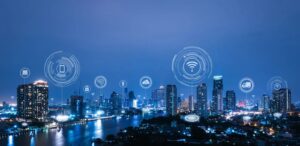
Enhancing Public Safety with IoT
IoT is enhancing public safety by enabling cities to deploy smart surveillance systems, emergency response tools, and disaster management systems. These technologies can help detect and respond to emergencies faster, keeping residents safe.
Examples include:
- Smart surveillance systems: IoT sensors help monitor public areas for safety, sending alerts when unusual activities are detected.
- Disaster management systems: IoT-based tools provide real-time data for responding to natural disasters or other emergencies.
How IoT Drives Sustainable Solutions
IoT technologies help cities become more sustainable by improving energy efficiency, managing resources, and reducing carbon emissions. By leveraging IoT data, cities can foster green initiatives and reduce environmental impact.
Examples of sustainable initiatives enabled by IoT:
- Smart energy grids: These systems help manage the flow of electricity, reducing energy waste.
- Green buildings: IoT technology optimizes the use of heating, ventilation, and air conditioning (HVAC) systems to improve energy efficiency in buildings.
More Related Post
- Best IoT Sensors for Guide| Smart IoT Devices
- Why CIS Controls v8 Is a Must-Know for Modern IoT Security
- Guide to Implementing CIS Controls v8 for Cybersecurity
- CIS Controls v8 Internet of Things Companion Guide
- Where Can You Send IOTA Too: An In-Depth Guide
Conclusion: The Future of IoT in Smart Cities
Upping the IQ of Smart Cities
As IoT technology evolves, cities will continue to become smarter, offering innovative solutions to urban challenges. The integration of IoT will lead to more sustainable, efficient, and livable urban spaces.
Ensuring Security and Simplicity in Smart Cities
While the integration of IoT systems provides numerous benefits, it is crucial to ensure that these systems remain secure and easy to manage. Data privacy and cybersecurity are key concerns that must be addressed to maintain trust and safety in smart cities.
FAQs
- What are IoT sensors in smart cities?
IoT sensors collect data from various urban systems, including transportation, energy, and waste management, enabling real-time monitoring and decision-making. - How does IoT help in energy efficiency?
IoT enables smart grids and real-time energy monitoring, optimizing energy use, reducing waste, and promoting sustainable energy consumption. - What are the benefits of IoT in waste management?
IoT improves waste collection efficiency by monitoring bin fill levels, optimizing collection routes, and promoting recycling efforts. - How does IoT contribute to water conservation?
IoT monitors water usage and detects leaks, enabling better water management and reducing wasteful consumption. - How secure are IoT systems in smart cities?
While IoT systems provide immense benefits, ensuring robust cybersecurity measures and data privacy is essential to safeguard public trust and safety.

